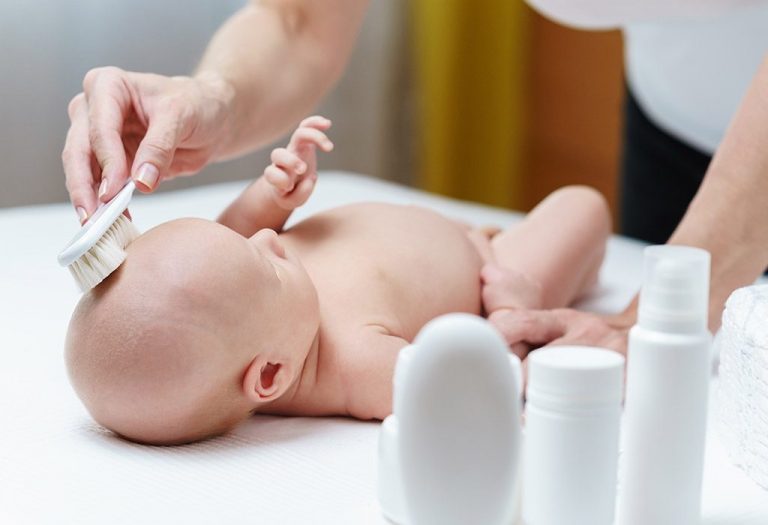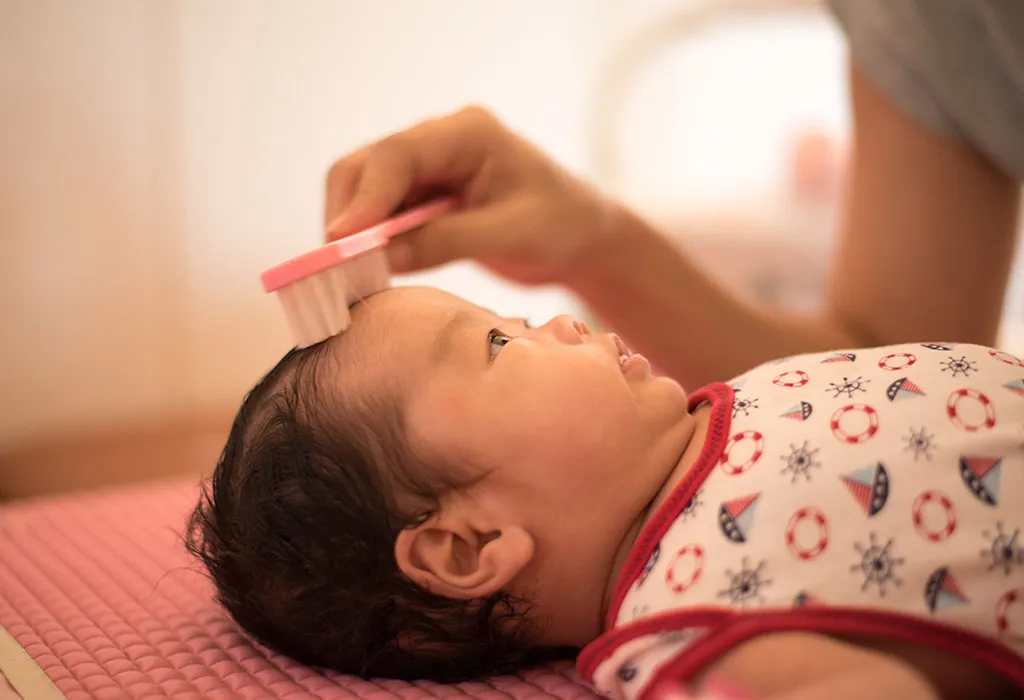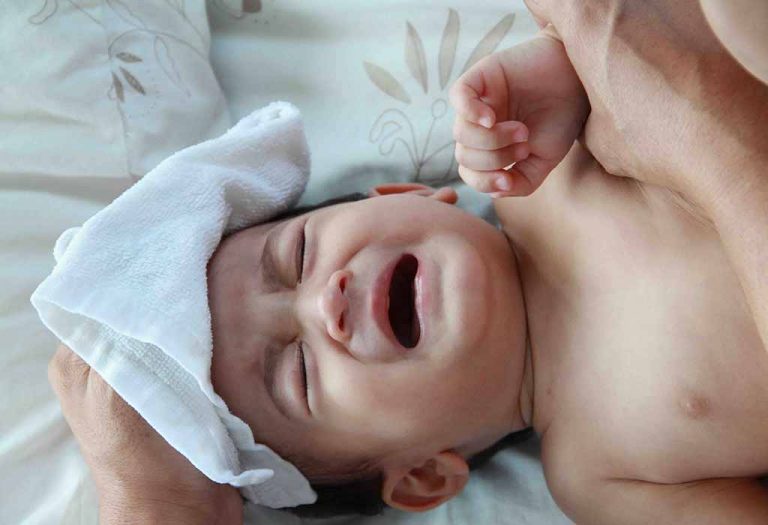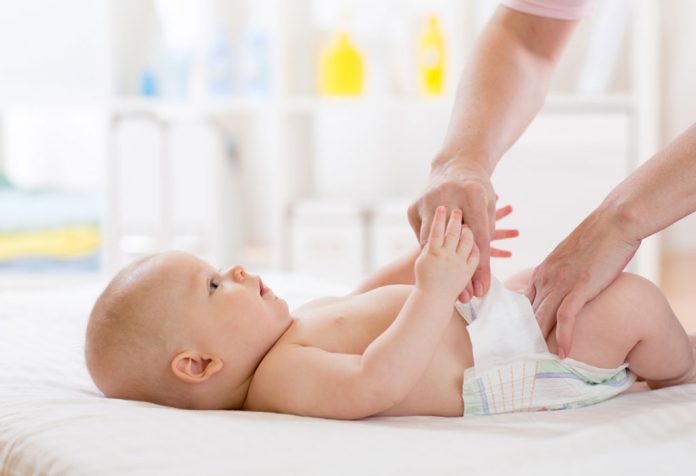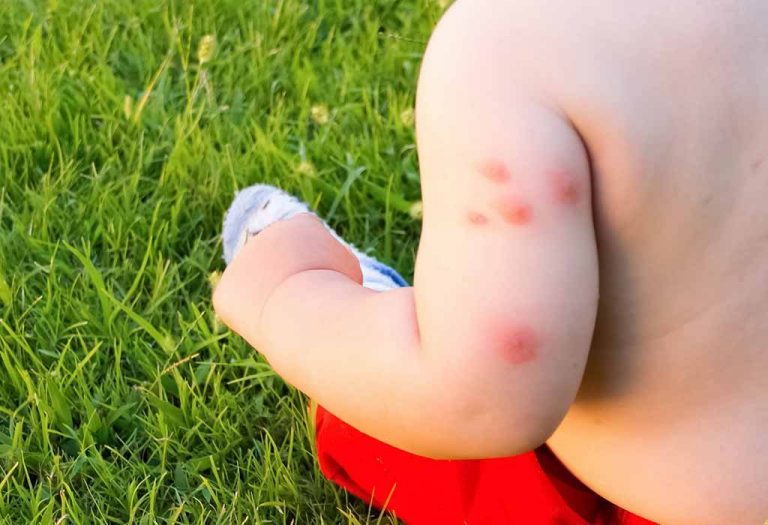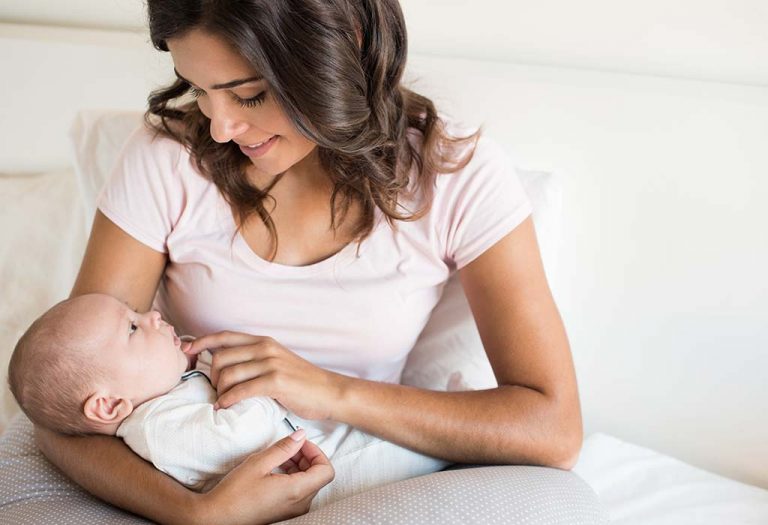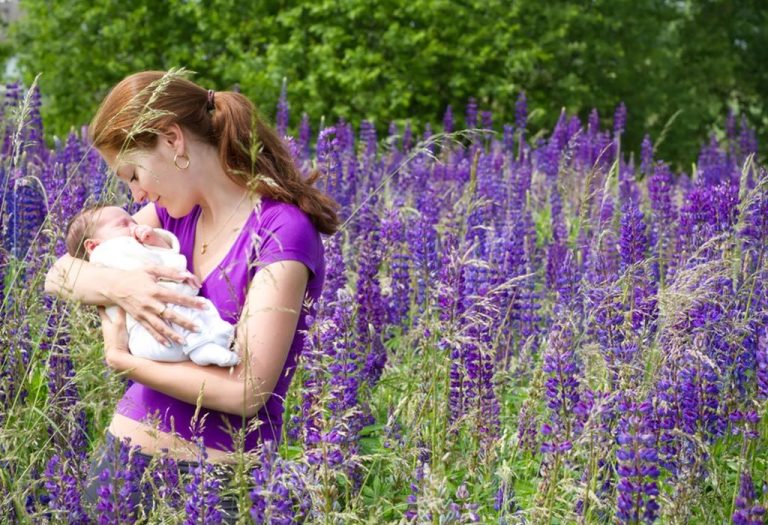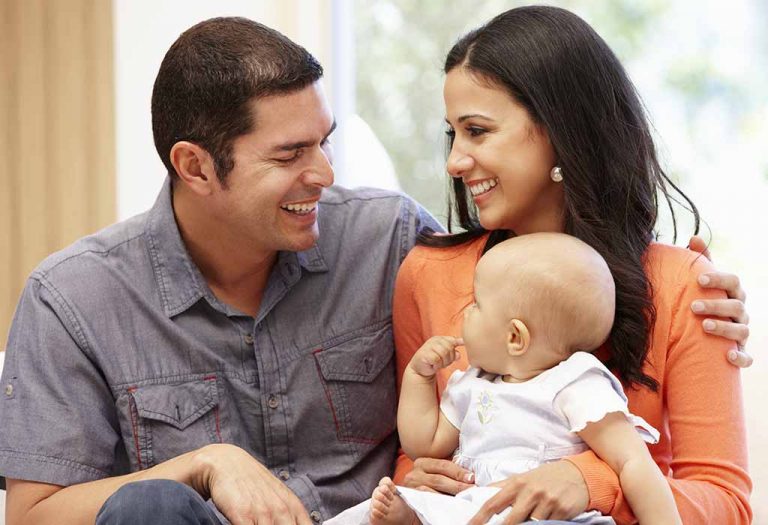Baby Dandruff – Causes, Signs and How to Deal With It

Skin conditions are common in children when they are growing up because their skin is still sensitive and is building its defense against the bacteria and environmental factors around it. Most skin conditions can cause irritability and discomfort, depending on where they afflict the child. Dandruff is a skin condition that affects your child’s scalp, leading to itchiness and flaky skin. Dandruff in babies is not unusual and can sometimes be linked to cradle cap or dry scalp issues. This is one of the most common and widespread infections kids can get, often causing distress for both the child and the parents.
What Is Dandruff?
Newborn dandruff is a mild form of skin condition, also known as seborrhoea dermatitis. It involves the scaling of the skin on the scalp and, sometimes, even the eyebrows and eyelashes. The skin scales and causes tiny, white flakes. While dandruff is harmless, it can cause itching and redness. If left untreated, it can cause hair fall. Make it a point to visit your doctor if you see dandruff or excessive hair fall in your child, as other conditions can also cause the same symptoms. One such condition is lice infestation in children. While there are several over-the-counter remedies available to treat dandruff, it is advisable to seek medical help, as some treatments may cause allergic reactions in children.
Causes of Dandruff in Babies
There are many reasons why your baby can develop dandruff. These include:
- Fungal Growth: The fungus Malassezia can cause excessive shedding of dead skin cells on the scalp. When these cells mix with the sebum produced by oil glands, it causes dandruff.
- Over-Shampooing: Using too much shampoo can result in all the natural oils in the scalp getting stripped away. This causes the skin to dry out, which then results in dandruff. Sometimes, it is possible for dermatitis to occur also due to the effect of chemicals on the skin.
- Not Shampooing Enough: It is very important to maintain the hygiene of the scalp as it can accumulate dead skin, dirt, and oils very quickly, which can lead to infant dandruff.
- Skin Conditions: Certain skin conditions like eczema and psoriasis result in dandruff.
- Heat: If the scalp is exposed to too much heat, such as when it is under direct sunlight, it may develop dandruff.
- Humidity: The lack of humidity, especially in the winter months, could result in the scalp drying out.
- Oily Scalp: All scalps produce oil to keep the skin moisturised and healthy. However, if oil production is excessive, it can cause dandruff.
Signs and Symptoms of Dandruff in Infants
There are several signs of dandruff that you can keep an eye out for. Some of these include (1):
- Dryness of skin near the scalp, forehead, and eyelids
- Greasy patches of the skin
- Redness
- Itching
- White flakes on the skin
- temporary hair loss
Is Dandruff the Only Reason for Scales on a Baby’s Head?
While dandruff is the most common reason for the appearance of scales on your baby’s head, it is not the only reason. Other reasons include:
How to Prevent Dandruff in Infants
Dandruff in babies can be a source of concern for parents, but it is usually harmless and manageable. By following a few simple practices, you can help maintain your baby’s scalp health and prevent dandruff.
- Use Gentle Baby Shampoos: Wash your baby’s scalp with a mild, tear-free baby shampoo designed for sensitive skin. Avoid over-washing, as it can dry out the scalp and worsen dandruff.
- Keep the Scalp Moisturized: Apply a small amount of natural oils, such as coconut or olive oil, to keep the scalp hydrated. Massage the oil gently and rinse it out thoroughly to prevent build-up.
- Avoid Harsh Chemicals: Steer clear of shampoos or products containing harsh chemicals, fragrances, or alcohol. Choose hypoallergenic products specifically formulated for infants.
- Maintain Proper Hygiene: Regularly clean your baby’s bedding, hats, and towels to prevent the accumulation of dirt and bacteria. Ensure your baby’s scalp is clean and dry after bathing.
How to Get Rid of Baby Dandruff
There are multiple options for dandruff treatment for infants. Some baby dandruff home remedies that you can try are:
- Brush and Shampoo: Use a soft-bristled brush to gently brush your baby’s scalp. This will remove the dead flakes. Then, use a mild shampoo to wash your baby’s hair.
- Medicated Shampoo: If dandruff persists, consult your baby’s doctor and ask for a prescription for a medicated shampoo. Follow the instructions given by your doctor as well as those on the shampoo bottle.
- Rinse: Ensure that any traces of the shampoo are washed off thoroughly before drying your baby’s hair with a soft towel.
- Soothe: Sometimes, scratching the affected skin can exacerbate the condition. Instead, use products like coconut oil, aloe vera, or even butter to alleviate any inflammation and irritation of the skin.
It is highly recommended that you consult a doctor before starting treatment for any of these conditions. Do not self-diagnose dandruff or any other skin condition and seek medical advice for treatment plans specific to your child.
FAQs
1. Is dandruff in babies contagious?
While dandruff can be unsightly or even cause itching and irritation in your baby, it is not contagious. Your baby can continue to interact with other children and adults just the way he is used to.
2. What is cradle cap and how is it different from dandruff?
Cradle cap is also called infantile seborrheic dermatitis. It is a skin condition that affects infants. While it starts on the scalp, it can spread to other parts of the body. It is characterized by red bumps and progresses to form yellow, crusty skin that flakes when touched. While dandruff can affect anyone at any age and needs attention, cradle cap usually affects infants within the first three months of their lives and lasts only for the first year.
3. Is dandruff in babies related to allergies?
In some cases, dandruff in babies can be triggered by allergic reactions to shampoos, lotions, or even certain fabrics. Identifying and removing allergens can help reduce symptoms.
If your baby’s scalp starts to crack, bleed, or ooze, take him to the doctor immediately. These symptoms could be early signs of other infections.
Dandruff must be given medical attention if it persists for a long period with no signs of abating, or if the hair fall due to the dandruff is excessive. Make sure that you use only quality branded products on the skin and scalp of your baby. Keep your baby’s head covered when going outside to protect his sensitive skin. If you give your baby regular oil massages, make sure not to neglect the scalp while also ensuring that the oil is not left on for too long. Do not worry too much about dandruff on your baby’s scalp as this condition is easy to fix. You can talk to a pediatric dermatologist if you are still worried.
Hygiene is an important part of preventing dandruff in children, so ensure you wash their hair regularly, apply oil if the hair is very dry, and use a shampoo that is specific to your child’s hair type.
References/Resources:
1. Dandruff; NHS; https://www.nhs.uk/conditions/dandruff/
2. Cradle cap; Better Health Channel; https://www.betterhealth.vic.gov.au/health/healthyliving/cradle-cap
3. Ringworm in Children; Nationwide Children’s Hospital; https://www.nationwidechildrens.org/conditions/health-library/ringworm-in-children
4. Borda. L, Wikramanayake. T; Seborrheic Dermatitis and Dandruff: A Comprehensive Review (Journal of Clinical and Investigative Dermatology); National Library of Medicine; https://pmc.ncbi.nlm.nih.gov/articles/PMC4852869/; December 2015
5. Seborrheic Dermatitis in Children; National Eczema Association; https://nationaleczema.org/eczema/children/seborrheic-dermatitis/
6. Dandruff; Mayo Clinic; https://www.mayoclinic.org/diseases-conditions/dandruff/symptoms-causes/syc-20353850
7. Cradle cap; The Royal Children’s Hospital Melbourne; https://www.rch.org.au/kidsinfo/fact_sheets/Cradle_Cap/
Also Read:
Hair Loss in Babies
Baby Hair Tourniquet
Home Remedies for Baby Hair Removal
Shaving a Baby’s Hair To Make It Thicker
Baby Hair Care – Essential Tips for Healthy Hair
Was This Article Helpful?
Parenting is a huge responsibility, for you as a caregiver, but also for us as a parenting content platform. We understand that and take our responsibility of creating credible content seriously. FirstCry Parenting articles are written and published only after extensive research using factually sound references to deliver quality content that is accurate, validated by experts, and completely reliable. To understand how we go about creating content that is credible, read our editorial policy here.






